Underground Mathematics
Craft Culture and Knowledge Production in Early Modern Europe
£75.00
- Author: Thomas Morel, Bergische Universität Wuppertal, Germany
- Date Published: December 2022
- availability: Available
- format: Hardback
- isbn: 9781009267304
£
75.00
Hardback
Other available formats:
eBook
Looking for an inspection copy?
This title is not currently available on inspection.
-
Thomas Morel tells the story of subterranean geometry, a forgotten discipline that developed in the silver mines of early modern Europe. Mining and metallurgy were of great significance to the rulers of early modern Europe, required for the silver bullion that fuelled warfare and numerous other uses. Through seven lively case studies, he illustrates how geometry was used in metallic mines by practitioners using esoteric manuscripts. He describes how an original culture of accuracy and measurement paved the way for technical and scientific innovations, and fruitfully brought together the world of artisans, scholars and courts. Based on a variety of original manuscripts, maps and archive material, Morel recounts how knowledge was crafted and circulated among practitioners in the Holy Roman Empire and beyond. Specific chapters deal with the material culture of surveying, map-making, expertise and the political uses of quantification. By carefully reconstructing the religious, economic and cultural context of mining cities, Underground Mathematics contextualizes the rise of numbered information, practical mathematics and quantification in the early modern period.
Read more- Provides inter-disciplinary perspectives on the historical development of quantitative knowledge
- Presents the history of mathematics in a non-technical way providing numerous illustrations and real-life examples
- Situates itself within current debates on the history of science and technology and the relationship between theory and practice and artisanal and elite culture
Reviews & endorsements
'This important book takes recent interest in early-modern practical mathematics into a fresh working setting, the unique challenges of land surveying in mining practice, identifying a robust 'craft of subterranean geometry', in relation to other forms of mathematical and material culture. A sophisticated, authoritative and original analysis.' Jim Bennett, Science Museum, London
See more reviews'State-organised mining was the first large-scale technological system in early modern Europe. This thoroughly researched book presents fascinating stories about the challenges of underground measurements, the construction of mining maps, and the politics of mining. It provides unprecedented insights into mining surveyors' activities and the art-science of underground geometry.' Ursula Klein, Max Planck Institute for the History of Science
'This is an innovative and thought-provoking book on a rather abstruse topic. Dismissing the geometry of mines as described by humanist scholars, the author delves into the rich and diverse archives of mining offices, and offers a rare glimpse on how a specific mathematical culture developed underground, standardized and circulated.' Jeanne Peiffer, CNRS, Centre Alexandre Koyré, Paris
Customer reviews
Not yet reviewed
Be the first to review
Review was not posted due to profanity
×Product details
- Date Published: December 2022
- format: Hardback
- isbn: 9781009267304
- length: 258 pages
- dimensions: 235 x 158 x 20 mm
- weight: 0.59kg
- availability: Available
Table of Contents
Introduction
1. Of scholars and miners
2. A mathematical culture: the art of setting limits
3. The mines and the court
4. Writing it down: innovation, secrecy, and print
5. 'So fair a subterraneous city': mapping the underground
6. How to teach it?: finding the right direction
7. 'One of geometry's nicest applications': crafting the Deep-George tunnel (1771–1799)
Conclusion.
Sorry, this resource is locked
Please register or sign in to request access. If you are having problems accessing these resources please email [email protected]
Register Sign in» Proceed
You are now leaving the Cambridge University Press website. Your eBook purchase and download will be completed by our partner www.ebooks.com. Please see the permission section of the www.ebooks.com catalogue page for details of the print & copy limits on our eBooks.
Continue ×Are you sure you want to delete your account?
This cannot be undone.
Thank you for your feedback which will help us improve our service.
If you requested a response, we will make sure to get back to you shortly.
×


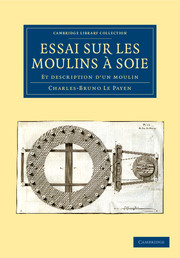
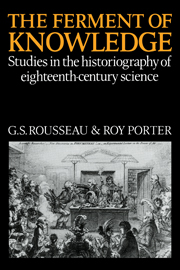
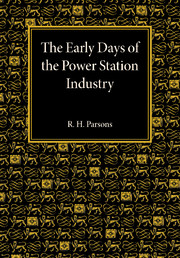
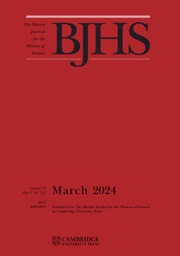
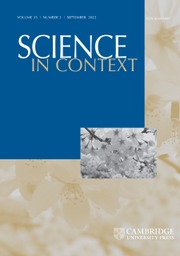
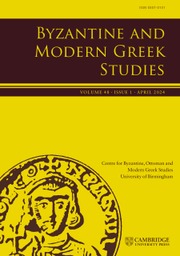
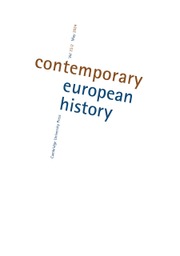
.jpg)
.jpg)